Customer Relationship Management (CRM) software is a powerful tool that companies use to manage their customers, but it can be difficult to set up and use correctly.
This guide will show you how to set up a CRM for success, so that you can start engaging with your customers right away.
1. Have a Customer Service Manager in Place
The customer service manager is a key role in any company. They oversee the day-to-day operations of your customer service team, ensuring that the right people are available to handle any issues that arise.
They should be trained and experienced enough to know what questions to ask customers so they can provide them with the best possible experience. This means understanding how you’re delivering on your promises as well as knowing how customers feel about those promises.
If someone asks for more water or if they’re unhappy with their order, these are good indicators that something needs to be changed or improved upon!
It’s also important for this person to understand which departments are responsible for different tasks related to handling complaints about products or services (i.e., billing).
You should have an internal map showing who does what within each department so there’s no confusion when someone calls in to talk about an issue. And, remember: it only takes one person having bad experiences before everyone else follows suit!
Tips to have a customer service manager in place
- Clearly define the role and responsibilities of the customer service manager.
- Hire someone with excellent communication and problem-solving skills.
- Provide regular training and development opportunities to improve their skills.
- Establish clear metrics and goals for the customer service team to measure and track their performance.
- Encourage open and effective communication within the team and with other departments.
- Foster a positive and empathetic work environment.
- Recognize and reward outstanding performance.
- Continuously gather and use customer feedback to improve service.
- Have a clear escalation process in place for difficult situations.
- Provide necessary tools and technologies to make their job more efficient.
2. Include Relevant Data Sets in Your CRM
You should have a data set that is relevant to the customer, sales team, marketing team and of course your customer service team. When you are able to pull all these different groups together then it will be much easier for them to work together in unison.
This also helps with sharing information across departments as well as providing better customer service when there is less confusion about what needs attention or why something needs attention.
It’s important that you include relevant data sets in your CRM system because they’ll help keep everyone informed about what’s happening with each individual customer at any given time. Whether those customers are feeling good about their purchase or not!
Tips to include relevant data sets in your CRM:
- Identify the key data sets that are important for your business. These may include customer information, sales data, marketing data, and support data.
- Establish a system for collecting and inputting data into your CRM. This may include manual input, data imports, or integrations with other systems.
- Use data validation and cleaning processes to ensure that data is accurate and complete.
- Create data fields and categories that are relevant to your business and make it easy to search and filter information.
- Create data relationships to connect different data sets, such as linking customer data with sales data.
- Enable data segmentation to help with targeted marketing and sales campaigns.
- Make sure that your CRM is able to handle large data sets, and is scalable to grow with your business.
- Ensure that only authorized personnel have access to sensitive data.
- Continuously monitor and analyze your data to identify trends, patterns and opportunities to improve your business operations.
- Regularly update and maintain your data sets to keep them accurate and up-to-date.
3. Track Customer Satisfaction Scores
Customer satisfaction scores are one of the most important things you can track when setting up your CRM system. They not only help you to improve customer service, but they also allow you to identify which products and services your customers find most useful.
And having this information in front of you will help make better decisions about how much time and money to spend on certain projects.
Let’s say that a particular salesperson is consistently getting high marks from customers for helping them solve their problems with the product or service she sold them.
This could mean that she does an excellent job at listening carefully during conversations with potential buyers.
It could mean that her product is just so good that people love it! Either way would be worth knowing before making any big changes in staffing levels or budgets. Since both situations have positive outcomes: More money being spent on products/services; more satisfied customers who will likely come back again soon!
Tips to track customer satisfaction scores
- Define what customer satisfaction means for your business and establish clear metrics to measure it.
- Use surveys or questionnaires to gather feedback from customers on different aspects of their experience with your business.
- Use a scale, such as a Likert scale, to measure satisfaction levels.
- Make it easy for customers to provide feedback by offering multiple methods, such as email, phone, or online surveys.
- Use customer relationship management (CRM) software to track and store customer satisfaction scores.
- Analyze the data to identify patterns and trends in customer satisfaction over time.
- Use customer satisfaction scores to identify areas for improvement and make changes accordingly.
- Communicate customer satisfaction scores to the relevant stakeholders in your organization.
- Regularly review and update your customer satisfaction metrics to ensure they are still relevant and effective.
- Use customer satisfaction scores as a key performance indicator and measure it against your business goals.
4. Get a Customer Journey Map for Your CRM
A customer journey map is a visual representation of your customers’ interactions with your business. It shows the various touch points along their path, from the moment they enter your website to when they leave after purchasing something.
Tips to get a customer journey map for your CRM;
- Understand the customer journey by identifying all the touchpoints a customer has with your business, from awareness to post-purchase.
- Gather data on customer behavior, preferences and feedback through surveys, interviews, and analytics.
- Create a timeline of the customer journey, including key milestones and decision points.
- Identify pain points and challenges customers face during their journey.
- Use data visualization tools to create a clear and comprehensive customer journey map that visually represents the customer experience.
- Use the map to identify opportunities to improve the customer experience, such as streamlining processes or addressing common complaints.
- Incorporate the customer journey map into your CRM system, so that customer information can be easily accessed and analyzed in the context of the customer journey.
- Use the map to train your customer service and sales teams on the customer experience.
- Continuously monitor and update the map as customer behavior and preferences change over time.
- Share the map with relevant stakeholders in your organization to help them understand the customer journey and improve customer service.
5. Integrate Security With Customer Data
Integrating security with customer data is a critical step to ensuring that your CRM system is as secure as possible. In order for this integration to take place, you must first understand how people use the information they receive from your CRM.
People often use data from their accounts in different ways than the way you intended them too. For example, if someone has purchased something from your website but never received an invoice or receipt.
Because it was sent through email instead of snail mail (like many businesses), then this person might think there’s something wrong with their order when nothing could be further from the truth!
This kind of confusion can lead to losses for both parties involved: You lose out on sales because customers aren’t able to process payments properly. Meanwhile, those same customers may start wondering if their orders have been lost or stolen.
Since, there wasn’t any way for them to see what happened during the checkout process online before clicking the “checkout” button once again.
Tips to Integrate security with customer data
- Implement strong data encryption to protect customer data both in transit and at rest.
- Use secure protocols such as HTTPS and SFTP for data transfer.
- Regularly backup customer data and store it in a secure location.
- Limit access to customer data to only those who need it for their job function.
- Use two-factor authentication for accessing customer data.
- Regularly monitor and audit access to customer data.
- Conduct regular security assessments and penetration testing to identify vulnerabilities.
- Keep software and systems up to date with the latest security patches.
- Have an incident response plan in place and train employees on how to respond to a data breach.
- Comply with data protection regulations such as GDPR and CCPA.
6. Set Up a Successful CRM With These Steps
To set up a CRM (customer relationship management) system successfully, you should follow these steps:
- Define your CRM goals and objectives: Determine what you want to achieve with your CRM system, such as increasing sales, improving customer service, or streamlining business processes.
- Identify your customer base: Understand who your customers are, what their needs are, and how they interact with your business.
- Choose the right CRM solution: Select a CRM system that is best suited for your business needs and budget.
- Gather and import data: Collect customer data from various sources and import it into the CRM system.
- Customize and configure the CRM: Set up the CRM system to meet your specific business requirements, such as creating custom fields and reports.
- Train your team: Train your employees on how to use the CRM system effectively, including how to enter and update customer data, how to generate reports, and how to use the system’s various features.
- Test and evaluate: Test the CRM system to ensure it is working correctly and gather feedback from your team to evaluate the system’s effectiveness and identify areas for improvement.
- Continuously monitor and improve: Continuously monitor the system’s performance and make adjustments as necessary to ensure that your CRM is meeting your goals and objectives.
7. Set Up an Effective Communication Process
Communication is the most important part of any CRM. The more you communicate with your team, the more they will understand what’s going on and how they can help.
- Set up an effective communication process. There are three key aspects to consider when setting up a communication process: 1) who should be involved in this process; 2) how often it needs to occur; and 3) what content should be included in these meetings or emails (i.e., if there’s one person responsible for all communication then that person should send out all emails).
- Make sure everyone has access to the same information at all times. So that no one feels like an outsider looking in on something else happening elsewhere within your organization/company/group project etc.
8. Define Your Customer Persona
Before you can dive into the details of your CRM system, it’s important to first define exactly who your customer is and what problem they are facing. This will help inform how you develop and customize each component of your CRM solution.
You should also consider defining multiple types of customers: for example, one type could be people who have purchased something in the past year (i.e., “current customers”), whereas another type could be those who were not yet interested but might purchase something in future years (i.e., “future customers”).
Here are some tips to help you define your customer persona:
- Conduct market research: Use surveys, interviews, and focus groups to gather information about your target customer. Look at demographic information such as age, gender, income, and education level, as well as psychographic information such as values, interests, and lifestyle.
- Analyze your customer data: Look at your existing customer data, such as purchase history, customer service interactions, and website analytics. This can help you identify patterns and trends in your customer base.
- Create a customer journey map: Document the steps your customer takes in their journey with your business, including their pain points and decision-making criteria.
- Identify common characteristics: Look for common characteristics among your customers, such as shared pain points or decision-making criteria.
- Create a detailed profile: Use the information you have gathered to create a detailed profile of your customer persona, including their demographics, psychographics, pain points, and decision-making criteria.
- Validate your persona: Test your persona by interviewing or surveying representative customers. This will help you to validate your assumptions, and make adjustments as necessary.
- Use the persona in your marketing strategy: Use your customer persona to inform your marketing strategy, including targeting, messaging, and content.
- Keep it updated: Remember that your customer persona is not set in stone and should be updated as your business and customer base changes.
9. Engage Your Customers With Right Tools
As a business owner, it’s important to make sure that you have the right tools at your disposal. If an employee needs access to certain information in order to do their job effectively, then they should be able to use those same tools when communicating with customers as well.
It’s also important that these systems are compatible with each other. So that there aren’t any delays in communication or sharing of information between departments within an organization.
Here are some tips to help you choose the right tools to increase customer engagement:
- Identify your engagement goals: Determine what you want to achieve with your customer engagement efforts, such as increasing customer loyalty or improving customer satisfaction.
- Consider your customer’s preferences: Understand how your customers prefer to interact with your business, such as through email, social media, or live chat. Choose tools that align with your customers’ preferred communication channels.
- Look for tools that integrate with your existing systems: Choose tools that can integrate with your existing systems, such as your CRM or marketing automation software, to streamline data and workflows.
- Evaluate the features of the tools: Choose tools that have features that align with your engagement goals, such as personalized messaging, segmentation, or automation capabilities.
- Consider the cost: Consider the cost of the tools and whether they align with your budget.
- Test and evaluate: Test out the tools before committing to them. This will help you to evaluate their effectiveness and identify areas for improvement.
- Monitor and measure performance: Continuously monitor the performance of the tools and use metrics such as customer engagement and retention to measure their effectiveness.
- Be open to change: Be open to changing tools if they are not meeting your engagement goals or if a better option becomes available.
10. Integrate With Other Platforms
CRM is not the only platform for sales and marketing. You can integrate with many of your competitors’ tools as well. If you want to use a competitor’s CRM, consider asking them if they will allow this integration or if it will be possible after the merger is complete.
If you don’t want to spend the time integrating with another system and just want a single point of contact for all of your customers, signup for HubSpot and get started right away!
Why Use Hubspot CRM?
Hubspot CRM is a customer relationship management software that helps you manage your leads.
It’s easy to use, and can be integrated with other platforms like Salesforce or Microsoft Dynamics.
You can also get paid for data on how well your customers are responding to marketing campaigns, which is useful information for gauging success rates and growth rates.
Hubspot CRM has an affordable free trial option (with no credit card required). So that you can try it out before committing to pay for a subscription plan—and if the trial doesn’t meet your needs, there’s no obligation!
Conclusion
I hope you have got the overall idea of how to set up a CRM for success. Getting your customer relationship management (CRM) set up is a lot of work. You need to build an effective communication process, define your customer persona and then choose the right marketing tools to help you engage with customers.
Integrating with other platforms can also be a challenge, but it’s worth it if you want to get more out of your CRM system and ensure success.
Sign Up HubSpot CRM and take your customer service to the next level.

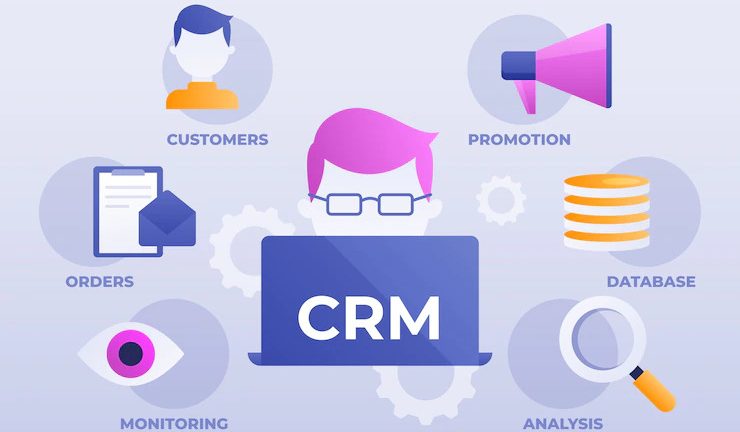
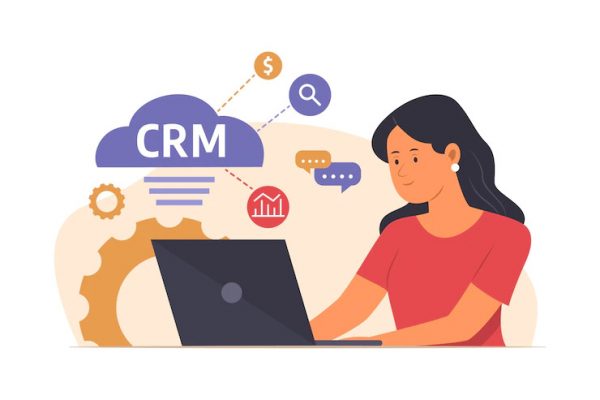
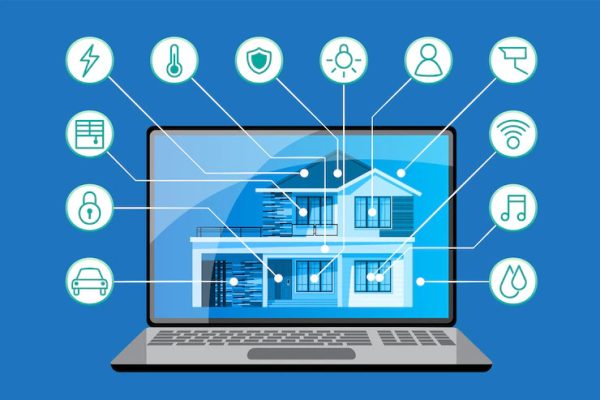
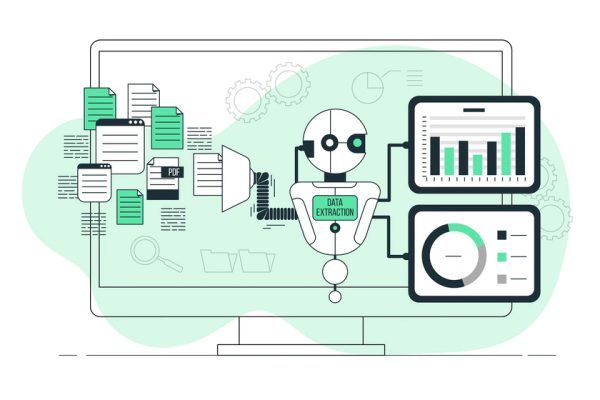
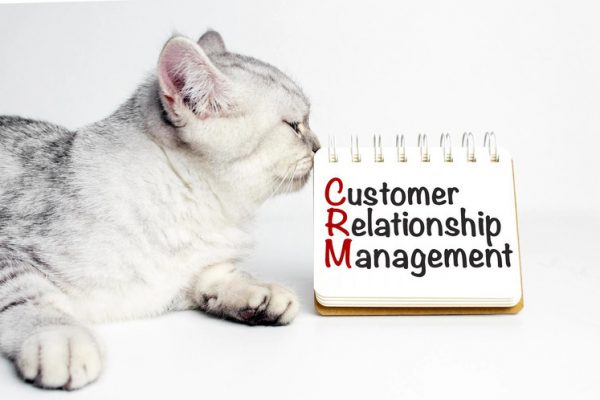

4 thoughts on “How to Set Up a CRM for Success”